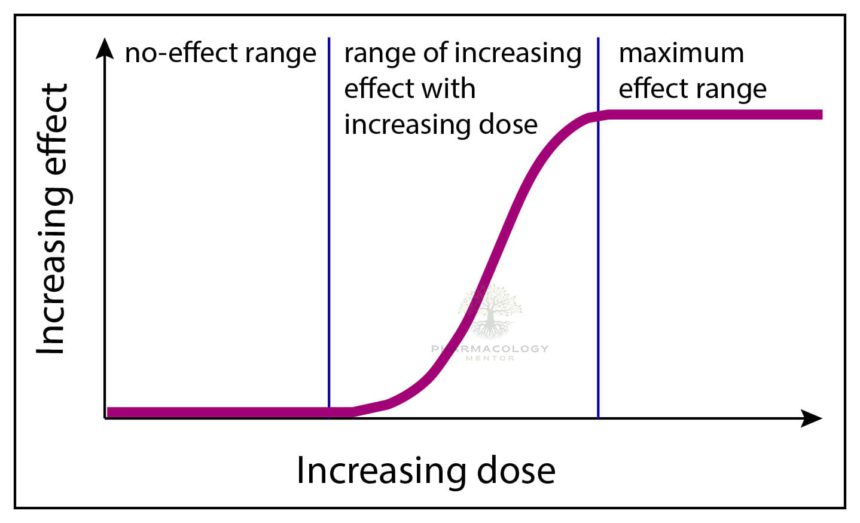Pharmacology of Fluoroquinolones
Fluoroquinolones are one of the most significant classes of broad-spectrum antimicrobial agents used in modern medicine. With their ability to target both Gram-positive and Gram-negative bacteria, these agents are frequently employed in various clinical…
Pharmacology of Macrolides
Macrolides are a group of antibiotics characterized by a macrocyclic lactone ring attached to various amino or neutral sugars. They are widely used in clinical medicine, particularly against respiratory pathogens…
Pharmacology of Tetracyclines
Tetracyclines are a class of broad-spectrum antibiotics that are effective against a wide variety of bacteria. They are commonly used to treat infections of the respiratory tract, skin, and urinary…
An In-depth Look into Medical Prescriptions
Introduction Medical prescriptions are a cornerstone in the healthcare sector, forming a vital communication bridge between physicians and pharmacists and ensuring that patients receive the correct medication in a timely…
Principles of Antimicrobial Chemotherapy
Antimicrobial chemotherapy has transformed modern medicine, providing effective treatments for a wide array of infectious diseases. Its rational application relies on core scientific and clinical principles to optimize use, minimize…
Antimicrobial resistance
Antimicrobial resistance is a leading global health threat, characterized by the ability of microbes (bacteria, fungi, viruses, parasites) to withstand drugs formerly effective against them. The emergence and spread of…
The history and evolution of antimicrobial agents
The development of antimicrobial agents stands as one of the most significant achievements in medical history. From ancient remedies to the modern era of targeted chemotherapeutics, the journey of these…
Physiology of the Thyroid Gland
Introduction The thyroid gland plays a pivotal role in human physiology, modulating metabolism, growth, and development through the production and secretion of thyroid hormones. These hormones, primarily triiodothyronine (T3) and thyroxine (T4), influence virtually every tissue…
Dose-response relationships
The dose-response relationship is a fundamental concept in pharmacology that describes how the effects of a drug change with varying doses. This relationship is crucial for understanding drug potency, efficacy,…
Drug-Receptor Interactions: Agonists and Antagonists
Drug-receptor interactions refer to the binding of drugs to specific receptors, leading to a biological response. These interactions can either be agonistic or antagonistic. Agonists Agonists are drugs that bind…















